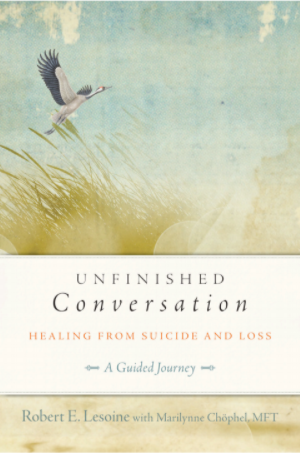Self Inquiry Journal
Use the practice of self-inquiry daily, or several times each week.
- Choose a quiet space where you can sit and write or draw uninterruptedly for 20-30+ minutes. Have available a simple journal or notebook, pen, and colored crayons, pastels, pencils, or felt-tip markers.
- Take a few minutes to become centered and present. Close your eyes and place your attention on your breathing, and the rise and fall of your belly. Sense the inner physical sensations and feelings throughout your whole body.
- Once you are quiet and centered, reflect for a moment on the following questions:
What concerns me right now?
What really matters to me?
What in my life is painful or in some other way important such that I want to explore it deeply?
What do I want to think through seriously to make my life more as I want it? - After asking the questions, sink deeply into your self. Let your self feel concerned (distress or anxiety, coupled with a yearning for new possibilities) about your life concern. Then open your eyes and write uninterruptedly for as long a time as you wish – 10-15 minutes at least. Do not deliberate. Just look within and write as freely,
searchingly, and deeply as you can. Most importantly, write with an expectation of discovering something new about yourself, your concern, and your life.The key is to become the writing rather than standing back to organize it, edit it, or in some other way control it. Don’t pause to reread the line you’ve just written. Let your thoughts evolve as you experience your concern from moment to moment. If you stop at all, let it be to reconnect with the feeling of genuine concern. Then dive
back in.Another key is to remember the Self Inquiry Journal is just for your self. Don’t worry about spelling, punctuation or grammar. If you write something that doesn’t quite “click,” or something you didn’t mean to write, don’t go back and erase or cross-out. Let it stand. Just keep going forward. Write again what you want to say. - After you have written for your allotted time, stop and close your eyes again. Now let a non-verbal level of your consciousness operate. Allow an image, symbol, or metaphor emerge from deep inside you, an image which flows out of your sense of concern. Try to feel the image rather than being logical and trying to figure out its
meaning. Then with color, draw the image. Again, this is only for you, not an exercise in artistic skill. - After drawing, write for another 5-10+ minutes, responding to and associating freely to the symbolic image of your concern. Just keep writing, this time with the image in mind. Continue writing until the end of your chosen time – whatever spontaneously comes to mind as you keep in touch with your sense of concern.
~ Adapted from “Inward Searching Journal” by Bryan Wittine Ph.D. ~



